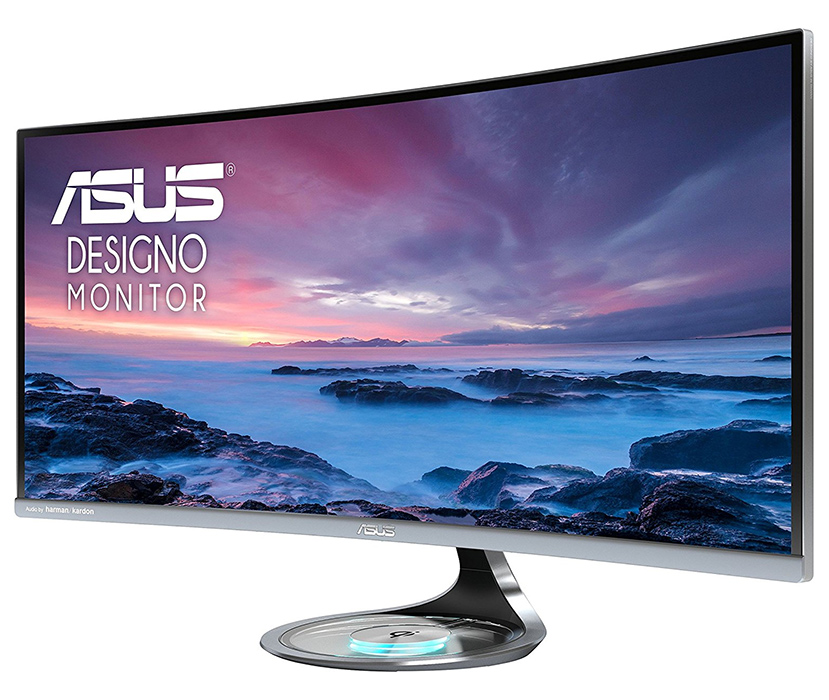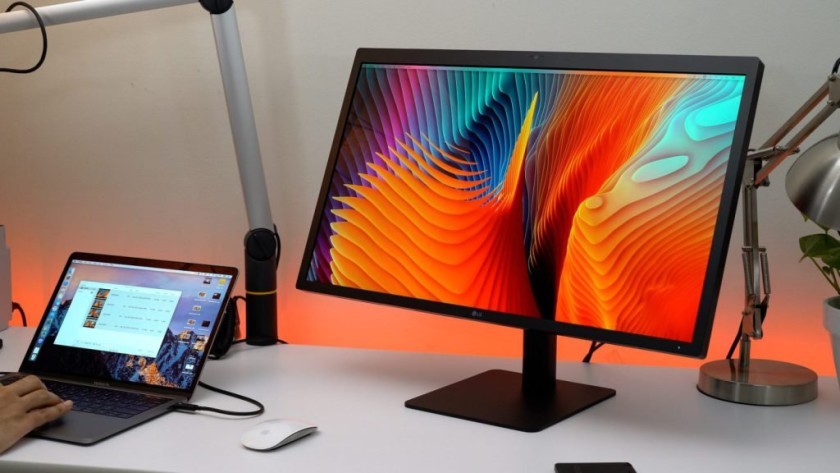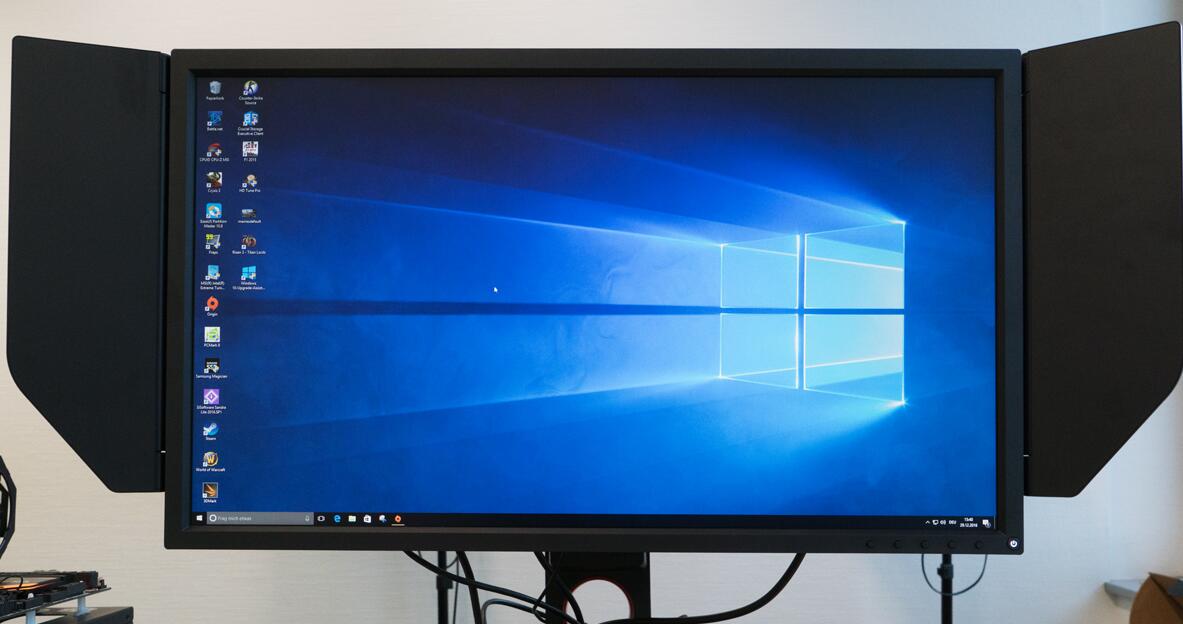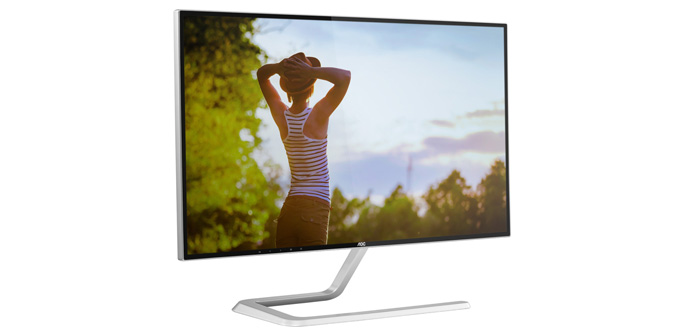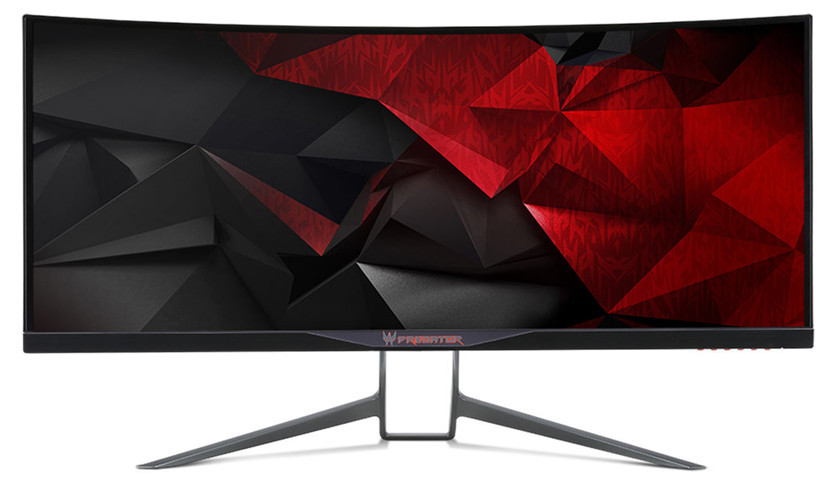With 240 Hz, now even mosquitos can enjoy smooth motion on a screen. That’s because the eyes of said critter only perceive smooth motion past 240 images per second. Us humans meanwhile only need between 22 and 90 Hz depending on contrast and ambient lighting conditions. But jokes aside. At 240 Hz, the image will always be super smooth and fluid, even without G-Sync or Freesync, and without many noticeable sync errors.
The niche category of high refresh-rate monitors is starting to fill up. Late last year, the Benq Zowie XL2540 was the first commercially available model with a refresh-rate of 240 Hz. Right on time for the holiday season. Earlier, the Asus ROG Swift PG258Q had been announced but ended up coming out only a year ago. While the Zowie has a fixed refresh-rate, the Asus uses a G-Sync module which can dynamically adjust the refresh-rate between 30 and 240 Hz to match the frame rate of the game.
With the Acer Predator XB272bmiprz, another G-Sync monitor has hit the market. While it is already listed, it is said to become available in mid-April. For now, this one is the first 27” model, all the previously mentioned ones have a diagonal of 24,5”. The AOC Agon AG251FZ is currently the only Freesync model available that supports up to 240 Hz. Here, it is also dynamically being adjusted between 48 and 240 Hz.
That means that our ULITE comparison chart features 4 models at the moment. All of them have a responsive Full-HD TN-panel display. For Full-HD monitors, these are relatively expensive at around 600 dollars. If 144 Hz are enough for you, you can get one for about half that. Read More: Best Gaming Monitor
Features
On the outside, the PG258Q doesn’t differ too much from the other ROG displays. Typical of the series it the matte-gray death star pattern on the back and the extravagant stand it comes on which projects a red logo onto the table surface. It comes with two gels with different Asus logos as well as three blank ones that you can customize with your own logo creations. A nice gimmick.
Read more

